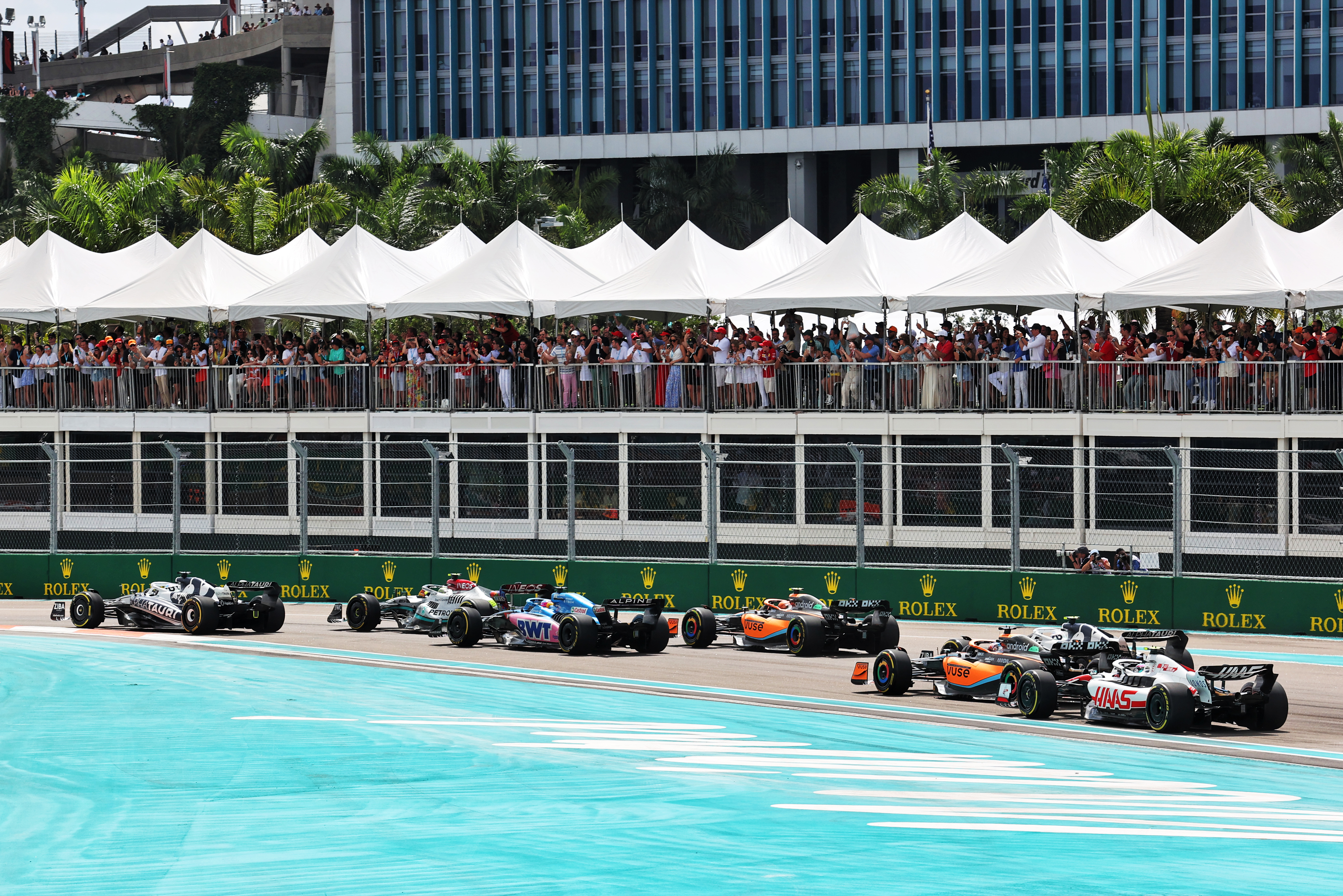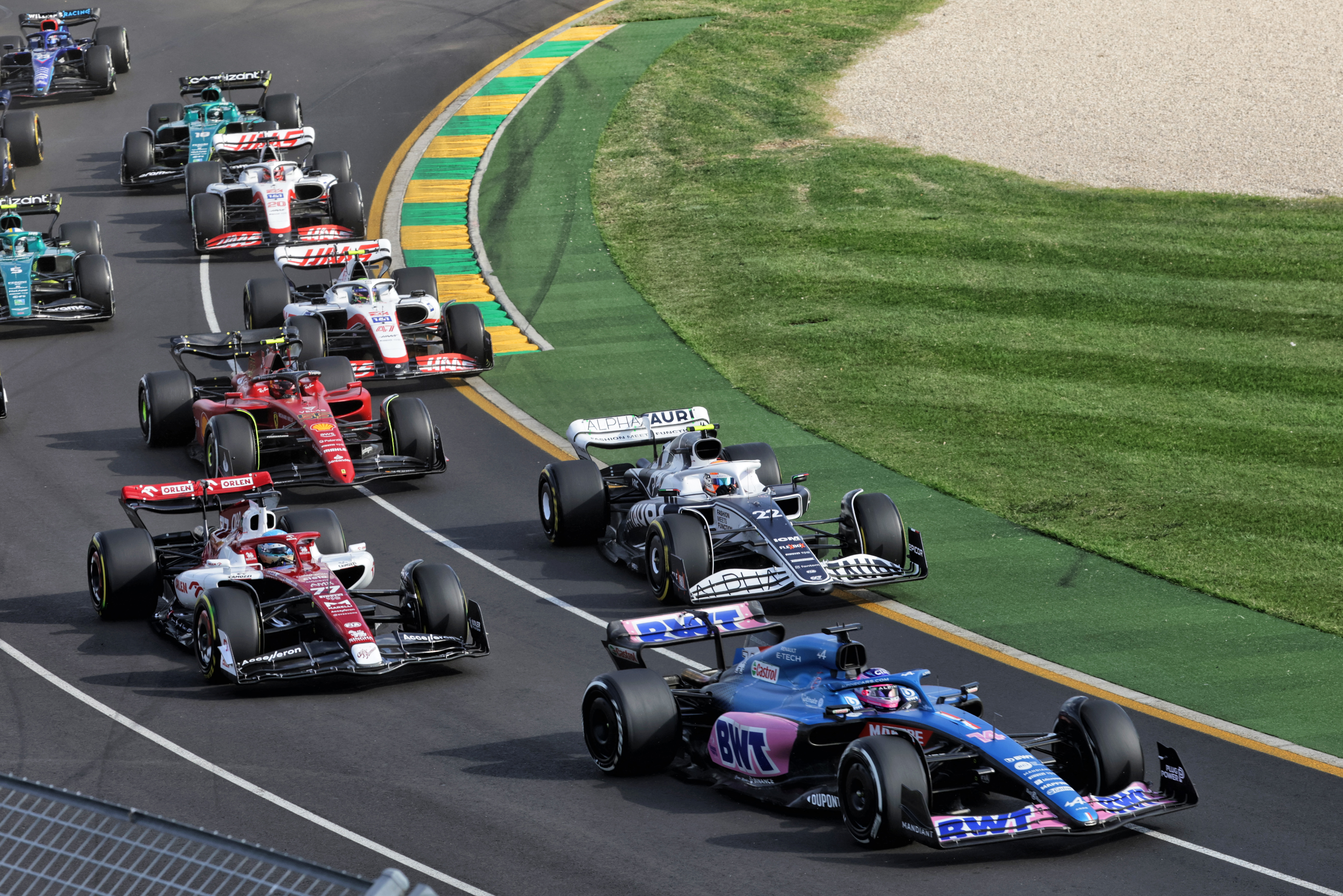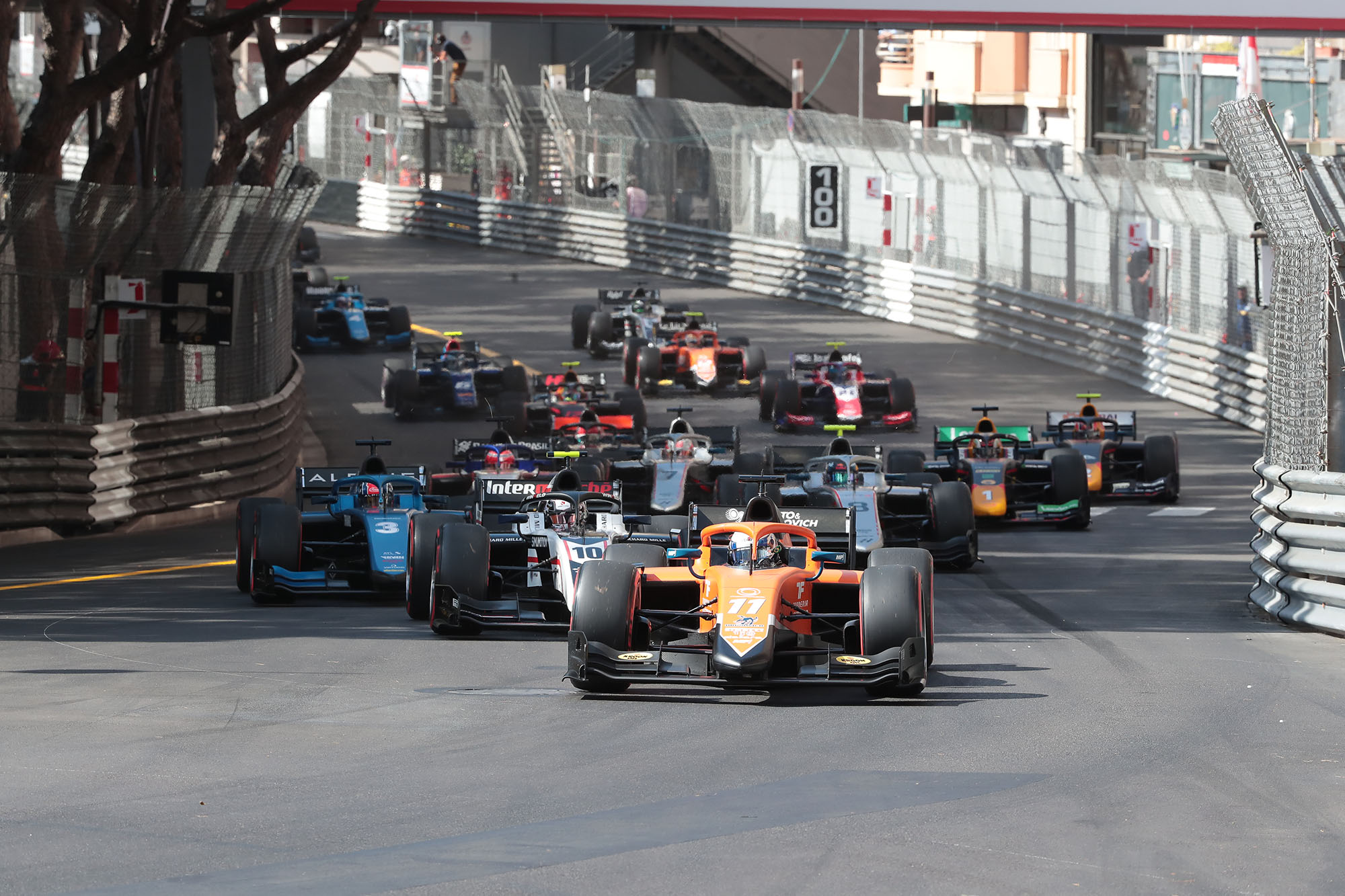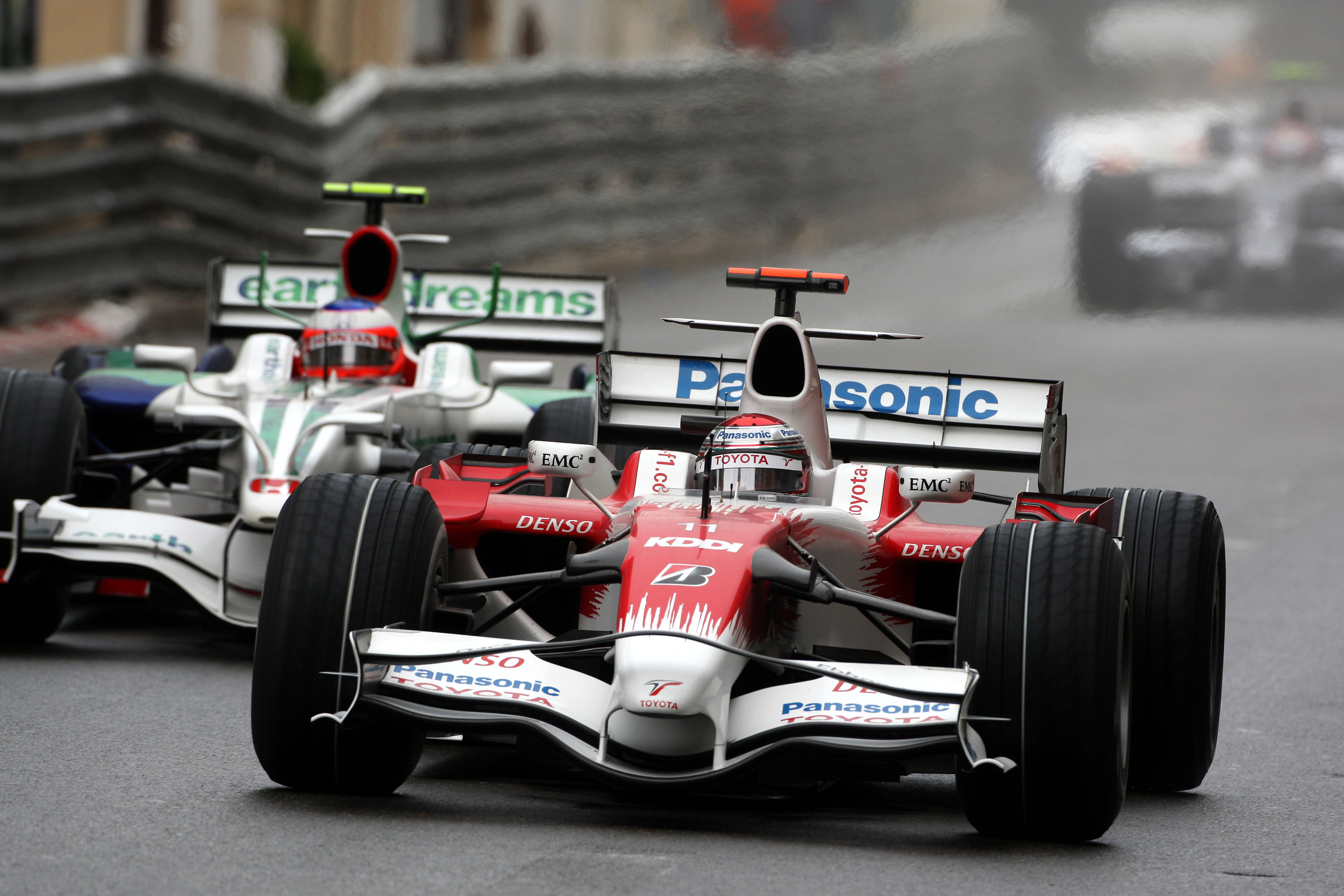While taking steps to maintain the value of its existing 10 teams through its new ‘franchise’ style model, Formula 1 is also dropping some hints that it could open its doors to an 11th team.
But The Race understands F1 has some firm views about the sort of new team it would accept on the grid, and that the cold reception US giant Andretti is getting so far is related to this and the championship’s preference for a new manufacturer squad instead.
What kind of team should F1 want to add to its grid? Or should it focus entirely on keeping the 10 teams it’s got?
Here is what our writers think:
What’s Andretti done to prompt this reaction from F1?
Glenn Freeman

Livery by TommyWTF1 3D model by Chris Paul Design/Unkredible Studios
F1’s apparent scepticism towards Andretti is puzzling. Surely, the potential to welcome one of the most established and successful teams from IndyCar in the 21st century is a fantastic opportunity. It’s a great story for F1 to tell, especially given its focus on making waves in America.
It makes you wonder what it is about the proposed Andretti entry F1 isn’t convinced about. Is there something fundamentally missing from the business plan? Perhaps the Andretti camp’s willingness to try to play this process out in public has rubbed F1 up the wrong way.
But if F1 is really serious about developing and maintaining a strong foothold in the US, then it’ll need to be a bit more embracing of some occasional brashness. American sports have always understood the need to be more forthcoming in public than other more reserved sports primarily based in other parts of the world – and that certainly includes F1, even since its new owners loosened the shackles a little in recent years.
If F1 is holding out for a manufacturer team to take the 11th slot on the grid, then I fully agree with Mark Hughes’ excellent takedown of that argument that you can read elsewhere on this website. And if another manufacturer wants to join in the future, let’s have a 12th team.
The question of where the money comes from to dish out the annual payments to new entries is valid. For once I’m on the side of the self-interested teams: I agree that if F1 decides it wants to expand the grid, it should be F1’s slice of the pie that is reduced slightly to facilitate that, not the teams that are already here and doing a good job. Adding high-profile teams to the grid would surely pay F1 back in the long run.
Perhaps the way to sell Andretti to F1 is this: get Michael Andretti to come to another race and spend the weekend networking and hassling people into signing bits of paper again, as he did in Miami. But this time, get the Drive to Survive crew to follow him around the whole time. Netflix would love it.
If Liberty’s growing F1, it should open its doors
Scott Mitchell

Protecting the existing 10 teams is a fine principle especially as the business model has now changed. ‘Franchise value’ is the key. It doesn’t matter if the team is owned by a billionaire, a car manufacturer or an energy company – the team itself wouldn’t be dependent on that ownership after a while anyway.
In this ideal scenario you could argue that the flakiness of some manufacturer entries is protected against. So if Manufacturer X came in, got bored after a few years, and changed its mind, F1 would not necessarily be compromised.
The team’s ownership and name might change, but the team itself would continue because it’s a protected entry that someone else would be eager to take over if Manufacturer X walked away.
This, I suspect, is the argument behind prioritising a manufacturer entry over something like Andretti. But I would argue F1 is strong enough to not have to choose…
If F1 is confident it can keep growing then Liberty could easily cover the prize money impact for one or two teams coming in.
If someone has the cash for a proper infrastructure and running budget then why not let them in? Those means would presumably be the bones for a competitive entry, which would boost F1 as a whole. And as F1 is meant to be self-sustaining now, once the new teams are in, they shouldn’t be a flight risk.
Theoretically you could just have some quite simple criteria. Does the prospective entry have the funding to start from scratch? Could they be around for at least five years without any prize money? Are they an entity that would be compatible with F1 (basically not someone or something that brings it into disrepute for some reason)?
The best argument against all this is that the new F1 eco-system couldn’t support more than 10 teams. If there’s strong evidence of that, it would be valuable to see it.
Any credible prospective team deserves a chance
Edd Straw

Formula 1 should welcome any new team with the financial might, the credibility, a proposition that will help grow grand prix racing, a compelling plan and the wherewithal to execute it. That’s hardly opening the floodgates because that’s a challenging set of boxes precious few will tick all of.
Anyone who listens to our podcast Bring Back V10s, which tells classic F1 stories mostly from 1989-2005, will have heard us talk about the many chancers who turned up.
Some were simply chasing a slice of the growing financial pie, others were fathoms out of their depth and precious few made it work. While those tales are fun, they weren’t good for the stability of F1.
In order for F1 teams to be in their current sustainable shape with billion-plus dollar valuations several things are needed – an equitable share of the revenue, the cost cap and sensible regulations. As part of that, the teams in F1 are automatically guaranteed a very significant income simply from participating. It’s only right that this is protected.
But that fine balance will be threatened if any old team is allowed into F1. The FIA is right there should be stringent checks and the $200million anti-dilution fee (which is waivable) is reasonable given simply turning will entitle you to great riches. We cannot go back to the days when the 11th or 12th team might be ruined financially thanks to a few bad seasons and that situation is prevented with a Concorde Agreement that more equitably shares out the cash.
By the same token, any manufacturer team should be welcomed – but only if it can provide, in advance, full and robust continuation guarantees should the vagaries of the automotive world lead to it pulling out. That could be created with some draconian financial penalties to deter capricious organisations.
The barrier to entry should be set high, but it should be clearable. That will allow the vanishingly rare credible operations to have a shot, while eliminating the chancers and the optimists.
Teams down the ladder deserve the chance to aspire
Matt Beer

There’s not actually a great history of teams working their way up through the junior ladder, graduating to F1 and making a respectable job of it. In modern history, that list probably begins and ends with Jordan.
The list of teams that did a great job at F3 or F3000 level but were then humiliated and destroyed in F1 is far longer. As is the list of teams that rose to the cusp of F1, became giants on the single-seater ladder, but wisely looked at F1 and thought ‘nah, that’s not going to work for us’.
I’ve always been a little sad about the technical and financial gulf that means the best teams outside F1 can launch drivers and personnel to the top level but can’t make the leap in their own right. In idle moments, I’ve even speculated about the circumstances in which F1 could have its own form of the drama that team promotion/relegation creates in football (and concluded that those circumstances are technically impossible without completely reimagining single-seater motorsport).
A graduating F2 team wouldn’t bring the profile of an Audi F1 team (or an Andretti F1 team…) admittedly. But what you might term competitive social mobility is a key tenet of 2020s-spec F1 – framing the rules so that the teams at the bottom of the pack right now really can work their way forwards. Adapting that so those on the outside looking in can have aspirations too would be welcome.
Prioritising manufacturers will only harm F1
Mark Hughes

If Formula 1 really is holding the door open for an indecisive automotive brand while simultaneously having a bouncer bar the way for Michael Andretti’s independent team to enter, that stinks.
Forget for a moment the benefits to the championship of a fully-fledged American team, headed by a racing dynasty family, running homegrown driver talents.
Forget the racing pedigree of the team itself and what an attractive commercial proposition it would be and how it could attract top F1 talent to become a serious contender.
Think instead about the folly of predicating the championship’s future too heavily upon automotive manufacturers.
They do not exist to go racing. Racing is only ever a convenient marketing add-on.
Nothing wrong with that, and an entirely logical stance for them to take. F1 is right to welcome such presence. But not at the expense of an independent core.
This is an extract from Mark Hughes’ full column on the lessons from motorsport’s past that show the dangers of manufacturer reliance – click here to read more


